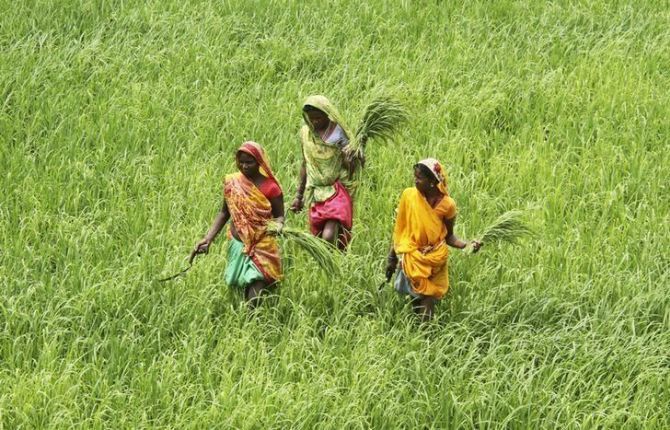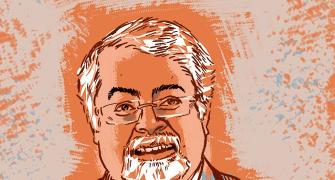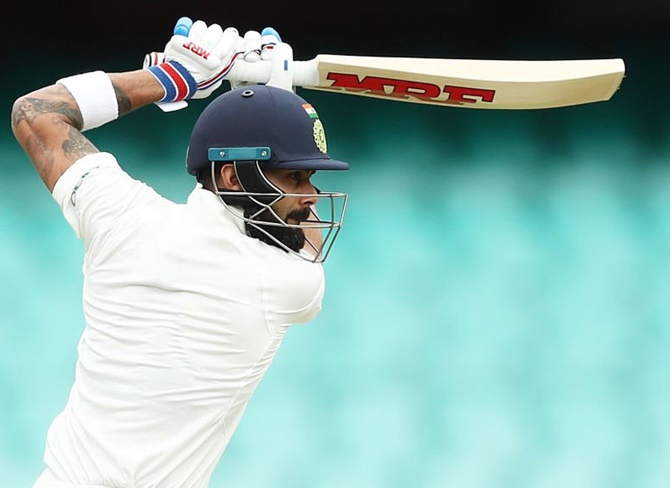For the entire UPA regime, from 2005-06 to 2013-14, the average annual farm growth according to the GDP back series data is 3.8 per cent, which too is higher than the first four years of the NDA, though these two periods aren’t comparable because one spans nine years and the other four.

The new GDP back series data might have lowered growth during the United Progressive Alliance era as compared to the first four years of the current National Democratic Alliance regime by using a new methodology, but what it hasn’t changed is the common perception that farm growth during the UPA days was better than under the NDA.
The fresh data shows in the first four years of UPA-2, that is from 2009-10 to 2012-13, the average annual growth rate in agriculture and allied activities was around 3.9 per cent while the average annual growth rate during the first four years of the NDA regime was 2.52 per cent.
However, the first two years of the NDA government saw drought, in 2014 and 2015, which badly affected the farm sector.
For the entire UPA regime, from 2005-06 to 2013-14, the average annual farm growth according to the GDP back series data is 3.8 per cent, which too is higher than the first four years of the NDA, though these two periods aren’t comparable because one spans nine years and the other four.
The data also shows in 2010-11, just after one of the worst cases of drought of 2009, India clocked one of its best growth rates in agriculture at 8.8 per cent.
A jump in foodgrains productions, aided by a normal monsoon and low base, had contributed to this.
“UPA I and also the initial few years of UPA-2 were periods when global commodity markets were booming, which is why domestic agricultural prices also rose, while people had cash in their hand, all of which contributed to higher farm sector growth,” former agriculture secretary Shiraz Hussain told Business Standard.
He said by the time the NDA government took charge, not only had the global markets declined but the domestic situation too had worsened due to drought.
“The twin shocks of demonetisation and the goods and services tax badly impacted demand, which has led to slowdown,” Hussain said.
The data also shows not only was average annual farm growth better during the UPA times, farmers gained because the difference between the NDA and UPA growth rates at current prices was higher.
While for the average consumer it meant high retail prices for items of daily needs, the high prices tended to benefit farmers, though middlemen pocketed much of the hike.
The food inflation rate, which was in the range of 9-13 per cent during the period of 2005-06 to 2012-13, started dipping thereafter because governments moved in to control burgeoning food prices.
In 2017-18, farm GDP at constant prices and current prices (which is a proxy and broad estimate of food inflation) was just 1.05 per cent.
This could play a big role in the run-up to the Lok Sabha elections because falling farm prices and dropping rural incomes become a major election issue.
The Congress is set to cash in on the superlative performance of the sector during its regime, placing it with low growth during the subsequent NDA years.
In the ongoing Assembly elections in Madhya Pradesh, Chhattisgarh and Rajasthan, agrarian crisis, characterised by low farm prices, is expected to play a big part in determining the fate of the ruling Bharatiya Janata Party.
“Till a few years ago, soybean in the open market fetched us not less than Rs 4,000 a quintal ever for the worst quality.
"However, for the past 2-3 years we aren’t getting prices more than Rs 3,500 a quintal even for the best quality,” said Lakhichand Sinam, a farmer in Soni village of Mandsaur, where police firing on agitating growers lead to many deaths last year.
Meanwhile, thousands of farmers from across the country converged in Delhi on Thursday for a two-day protest to press for their demands, including debt relief and remunerative prices for their produce.
Farmers who will march to Ramlila Ground on Thursday and to Parliament Street on Friday have come from different parts of the country including Tamil Nadu, Andhra Pradesh, Madhya Pradesh, Uttar Pradesh, Maharashtra, Gujarat and West Bengal.
Photograph: Ajay Verma/Reuters









